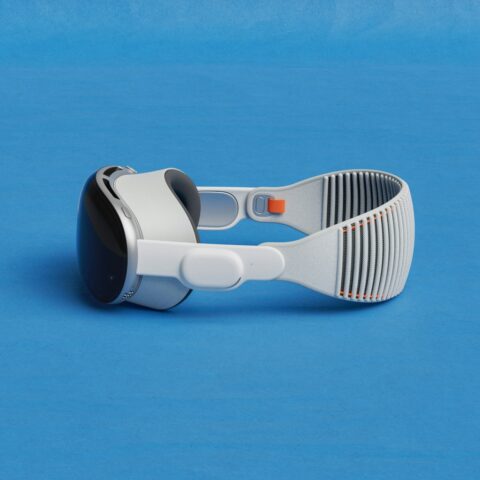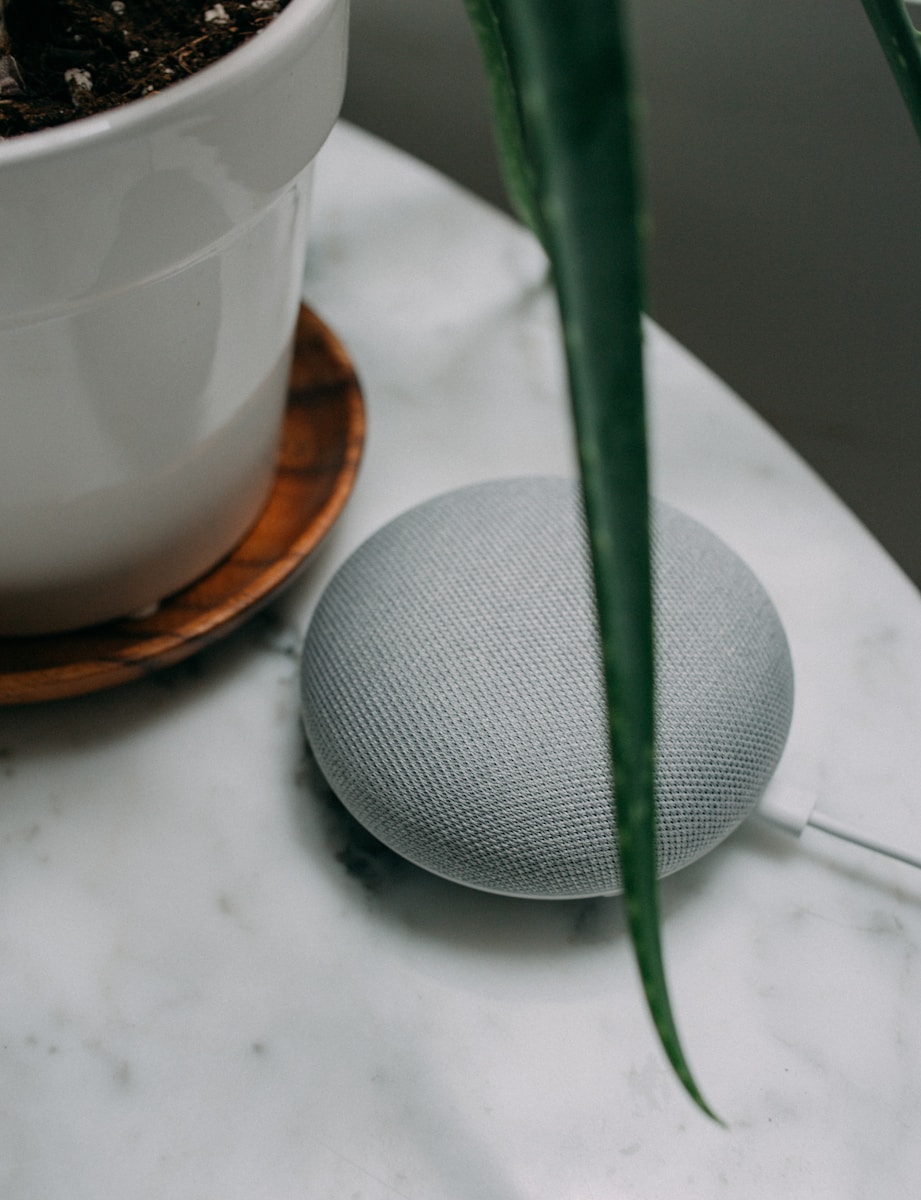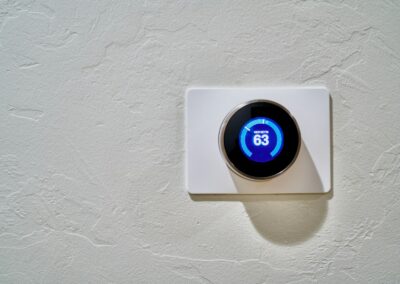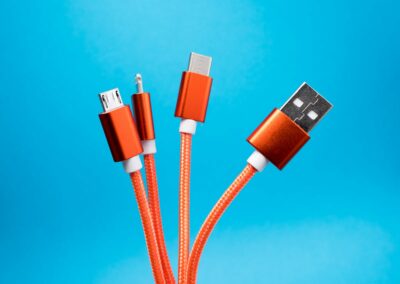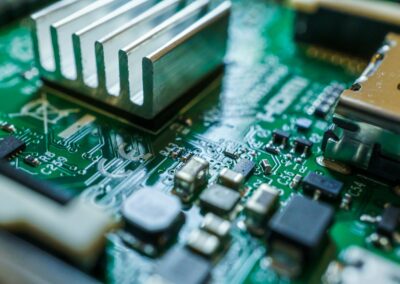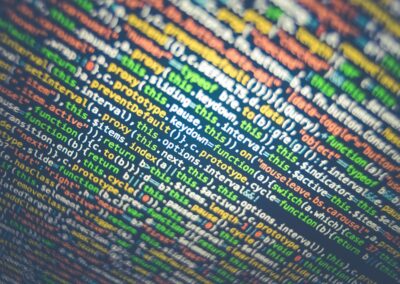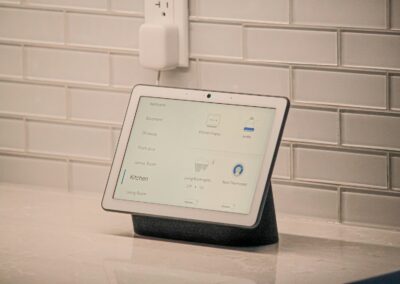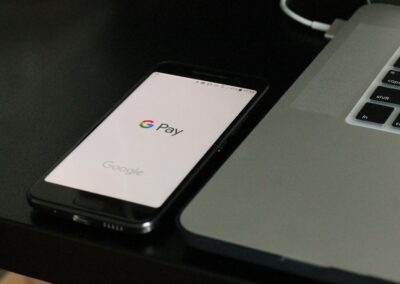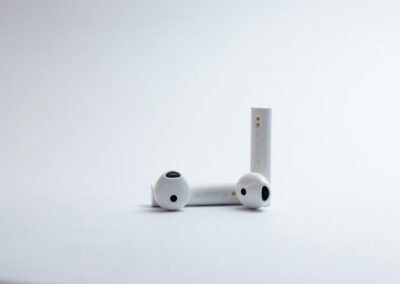Comparing IoT in Consumer Markets and Traditional M2M Systems: Key Differences and Implications
The deployment of IoT in consumer markets represents a significant shift from the traditional focus of Machine-to-Machine (M2M) communication in industrial settings. While M2M communication has long been pivotal in industrial applications, providing automated, reliable data exchange between machines, the consumer market’s adoption of IoT introduces new dynamics and opportunities. The primary difference lies in the user-centric approach of consumer IoT, which emphasizes enhancing personal experiences and convenience, in contrast to the efficiency and process optimization goals of traditional M2M systems. This shift not only expands the scope of IoT applications but also influences how technology integrates into daily life.
Consumer-Centric IoT Applications
In the realm of IoT in consumer markets, the focus is predominantly on enhancing user experience and interaction. Unlike M2M systems, which are designed to optimize industrial processes and logistics, consumer IoT devices are created to improve convenience and personalization. Smart home technologies, such as voice-activated assistants, intelligent thermostats, and connected appliances, exemplify this trend. These devices are designed to integrate seamlessly into users’ daily lives, providing functionality that is intuitive and accessible. For instance, a smart refrigerator that monitors food inventory and suggests recipes based on available ingredients illustrates how consumer IoT is tailored to enhance lifestyle efficiency and enjoyment.
Data Privacy and User Engagement
The deployment of IoT in consumer markets also introduces distinct considerations regarding data privacy and user engagement. Consumer IoT devices collect vast amounts of personal data to deliver tailored experiences and services. This necessitates robust privacy measures and transparent data practices to ensure user trust and compliance with regulations. Unlike industrial M2M systems, where data is often restricted to operational metrics, consumer IoT data encompasses personal preferences and behaviors. Companies must navigate the balance between leveraging this data for improved services and safeguarding user privacy. Engaging users through personalized features while respecting their privacy preferences is a critical aspect of successful consumer IoT deployment.
Market Penetration and Adoption Trends
The market penetration of IoT in consumer markets is accelerating, driven by the increasing availability of affordable smart devices and growing consumer interest in connected technologies. Unlike traditional M2M communication, which is typically confined to specific industrial sectors, consumer IoT spans a broad spectrum of applications, from wearable fitness trackers to smart home systems. This widespread adoption is facilitated by the convenience and enhanced functionality offered by these devices. Additionally, the integration of IoT with emerging technologies, such as Artificial Intelligence and the Metaverse, is further expanding its appeal and utility in everyday life. The proliferation of consumer IoT is transforming how individuals interact with technology, making advanced features more accessible and integrated into daily routines.
Contrasting IoT in Consumer Markets with Industrial M2M Communication
Industrial Focus Versus Personal Experience
The traditional focus of M2M communication in industrial settings is primarily on enhancing operational efficiency, reliability, and automation. These systems are designed to handle complex industrial processes, such as manufacturing automation, supply chain management, and equipment monitoring. In contrast, IoT in consumer markets is centered around improving personal convenience and lifestyle. Consumer IoT devices are developed with user-friendly interfaces and functionalities that cater to individual preferences and needs. This distinction highlights the shift from a purely industrial focus to a more personalized approach that integrates technology into everyday life.
Integration and Interoperability Challenges
Another key difference between IoT in consumer markets and traditional M2M communication lies in the integration and interoperability challenges. M2M systems in industrial contexts often involve bespoke solutions tailored to specific operational needs, leading to complex integration scenarios. Consumer IoT, on the other hand, aims for broader compatibility and interoperability across a diverse range of devices and platforms. This requires seamless integration with existing consumer technology ecosystems, such as smartphones and home automation hubs. Ensuring that different IoT devices work harmoniously together is essential for delivering a cohesive user experience and maximizing the benefits of connected technology.
Future Trends and Innovations
Looking ahead, both IoT in consumer markets and industrial M2M communication are poised for significant advancements. In the consumer space, emerging trends include the integration of IoT with Generative Artificial Intelligence and the Metaverse, offering new possibilities for immersive experiences and personalized interactions. Meanwhile, industrial M2M systems are evolving to incorporate more sophisticated data analytics and automation technologies, enhancing efficiency and predictive capabilities. The convergence of these advancements will likely drive innovation across both domains, with consumer IoT expanding into new areas of daily life and industrial M2M systems becoming more advanced and interconnected.
Conclusion
The deployment of IoT in consumer markets represents a transformative evolution from traditional M2M communication, shifting the focus from industrial efficiency to enhancing personal convenience and experience. By understanding the differences in application, data handling, and market dynamics, businesses and consumers can better navigate the opportunities presented by these technologies. As IoT continues to advance, the convergence of consumer and industrial applications will drive further innovation and integration, shaping the future of connected technology in diverse and impactful ways.
#IoT #ConsumerIoT #M2MCommunication #SmartDevices #TechnologyInnovation #DigitalTransformation #ConnectedLifestyle #FutureTech


